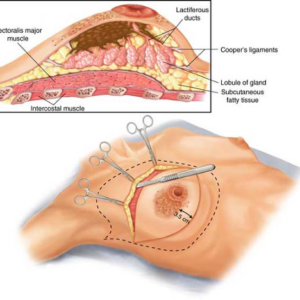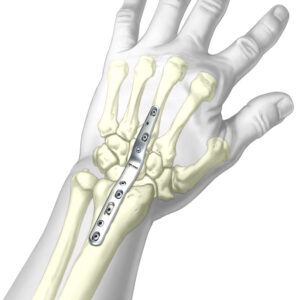Description
Familiarity with Treatment:
Carpal Tunnel Release is a surgical procedure aimed at relieving the symptoms of carpal tunnel syndrome, a condition characterized by compression of the median nerve in the wrist. The surgery involves releasing the transverse carpal ligament to reduce pressure on the median nerve, alleviating pain, tingling, and numbness in the hand and fingers.
Procedure:
- Open Release: This traditional approach involves making an incision in the palm of the hand to access and divide the transverse carpal ligament, providing relief to the compressed median nerve.
- Endoscopic Release: A minimally invasive technique where a tiny camera and specialized instruments are used to visualize and divide the ligament through small incisions, potentially resulting in less postoperative discomfort and a quicker recovery.
Who is it Suitable for?
Carpal Tunnel Release is suitable for individuals experiencing persistent and debilitating symptoms of carpal tunnel syndrome, such as pain, numbness, tingling, and weakness in the hand and fingers. It is often recommended when conservative treatments, such as splinting or corticosteroid injections, have not provided sufficient relief.
Who is it Not Suitable for?
Carpal Tunnel Release may not be suitable for individuals with mild or intermittent symptoms of carpal tunnel syndrome that can be effectively managed through non-surgical means. Additionally, those with certain medical conditions that increase surgical risks may not be good candidates for this procedure.
Advantages:
- Symptom Relief: Carpal Tunnel Release surgery can alleviate the pain, numbness, and tingling associated with carpal tunnel syndrome, improving overall hand function and comfort.
- Restoration of Nerve Function: By reducing pressure on the median nerve, the surgery aims to prevent further nerve damage and promote restoration of sensation and strength in the affected hand and fingers.
Complications:
- Potential complications of Carpal Tunnel Release may include surgical site infection, nerve or blood vessel injury, stiffness, persistent symptoms, and rare instances of complex regional pain syndrome.
Preoperative Care:
- Comprehensive evaluation of the patient’s symptoms, including physical examination and nerve conduction studies, to confirm the diagnosis and determine the need for surgical intervention.
- Patient education regarding the procedure, including potential risks and benefits, as well as expectations for recovery and rehabilitation.
Postoperative Care:
- Immobilization and protection of the surgical site during the initial healing phase
- Rehabilitation exercises to restore hand strength and flexibility
- Monitoring for signs of infection, impaired healing, or complications
- Gradual return to activity and work, as guided by the surgeon or hand therapist







Reviews
There are no reviews yet.